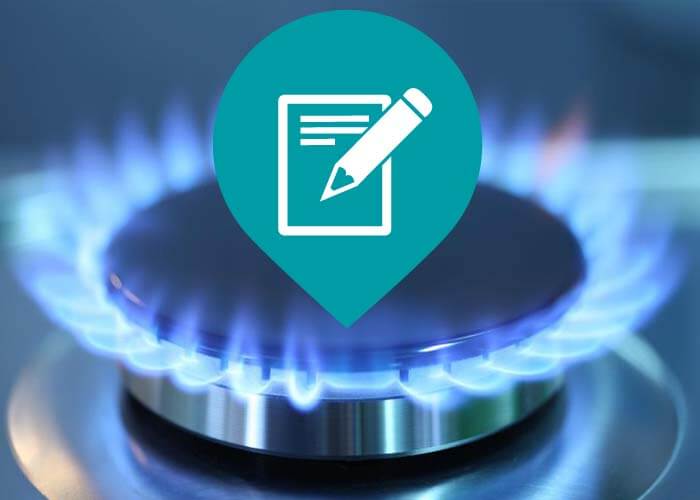
Exactly how Does the Natural Gas Delivery System Work?
Just how Does the Gas Delivery System Work?
Gas moving from higher to reduce pressure is the basic concept of the gas distribution system. The quantity of stress in a pipe is gauged in extra pounds per square inch.
From the well, the natural gas goes into "event" lines, which are like branches on a tree, getting bigger as they get closer to the central collection factor.
Celebration Equipments
An event system may need several field compressors to relocate the gas to the pipeline or the processing plant. A compressor is a machine driven by an internal burning engine or wind turbine that produces stress to "push" the gas through the lines. The majority of compressors in the natural gas delivery system utilize a small amount of gas from their very own lines as fuel.
Some gas celebration systems include a handling center, which carries out such functions as getting rid of impurities like water, carbon dioxide or sulfur that could corrode a pipeline, or inert gases, such as helium, that would minimize the power worth of the gas. Handling plants additionally can remove small quantities of propane and butane. These gases are utilized for chemical feedstocks and other applications.
The Transmission System
From the gathering system, the gas actions right into the transmission system, which is normally composed of about 272,000 miles of high-strength steel piper.
These large transmission lines for gas can be compared to the nation's interstate freeway system for vehicles. They relocate big amounts of gas thousands of miles from the producing areas to local circulation companies (LDCs). The stress of gas in each area of line typically varies from 200 extra pounds to 1,500 pounds per square inch, relying on the type of area in which the pipe is running. As a safety measure, pipelines are designed and also created to deal with far more stress than is ever before actually reached in the system. For example, pipelines in more populated areas run at less than half of their layout stress level.
Numerous major interstate pipelines are "knotted"-- there are 2 or more lines running parallel to each other in the same access. This gives optimum capability throughout periods of peak demand.
Compressor Stations
Compressor terminals are located approximately every 50 to 60 miles along each pipe to increase the stress that is lost via the friction of the gas relocating through the steel pipeline. Numerous compressor terminals are completely automated, so the tools can be started or stopped from a pipe's main control room. The control space can additionally remotely operate shut-off valves along the transmission system. The drivers of the system maintain detailed operating data on each compressor station, as well as continuously adjust the mix of engines that are running to make the most of effectiveness as well as safety and security.
Gas steps with the transmission system at as much as 30 miles per hour, so it takes several days for gas from Texas to arrive at an energy receipt point in the Northeast. Along the road, there are several interconnections with other pipes as well https://www.pasadogalgaz.net/ as various other energy systems, which supplies system operators a good deal of flexibility in relocating gas.
Linepack
A 50-mile section of 42-inch transmission line operating at about 1,000 extra pounds of pressure consists of about 200 million cubic feet of gas-- sufficient to power a kitchen range for greater than 2,000 years. The amount of gas in the pipe is called the "linepack.".
By elevating and reducing the stress on any kind of pipe segment, a pipeline business can make use of the sector to store gas throughout durations when there is much less need at the end of the pipe. Making use of linepack in this way allows pipe drivers to handle hourly variations in demand really successfully.
Gas pipelines and energies utilize extremely advanced computer versions of client need for natural gas, which relate day-to-day and also hourly intake trends with seasonal and also environmental variables. That's why clients can depend on the dependability of gas-- when it's needed, it exists.
Gate Terminals.
When the gas in a transmission pipeline reaches a regional gas energy, it typically travels through a "gate station." Utilities often have entrance stations getting gas at various areas and also from numerous various pipelines. Entrance stations serve 3 objectives. Initially, they minimize the pressure in the line from transmission levels (200 to 1,500 extra pounds) to circulation levels, which vary from 1/4 pound to 200 pounds. After that an odorant, the unique sour scent related to natural gas, is included, to make sure that consumers can scent even small quantities of gas. Finally, the gate terminal determines the circulation rate of the gas to figure out the amount being obtained by the utility.